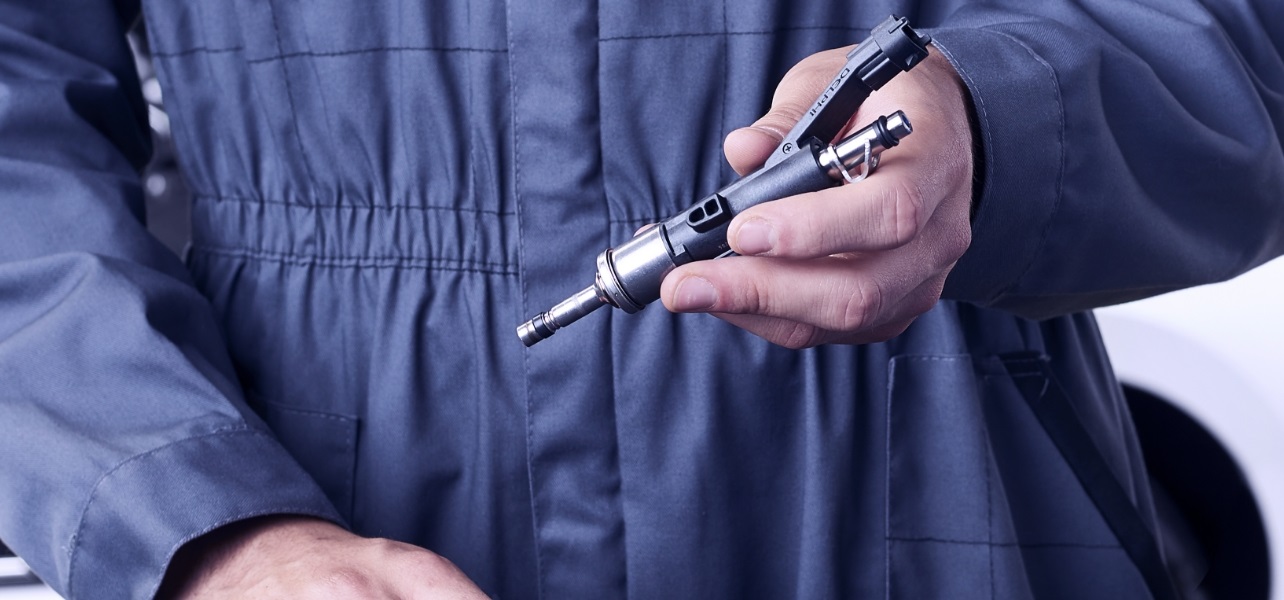Resource Highlights
In this article, you will find out about Brake Drums including; optimum safety and stability, manufacturing efficiencies and reduced servicing costs.
Despite the addition of electronic controls such as Anti-lock Brake Systems (ABS) and Electronic Stability Programs (ESP), making braking systems much safer and smarter than ever before, one part has remained relatively untouched - the drum brake. In fact, the working principles of the modern drum brake and many of its components, are broadly the same as the first system dating back to the early 1900’s. Here, we look at why the drum brake, considered vintage technology by some, is still used on the rear in many of today’s cars.
Optimum safety and stability
Of course, safety is the number one priority. So why wouldn’t you fit discs, generally considered the better of the two options, on all four wheels? The simple answer is braking bias, or in other words, how much effort is carried out by the front wheels, versus the back wheels.
Since weight transfers forward when decelerating, the front brakes arguably do more of the work. Indeed, the front brakes generate over two thirds of the vehicle’s stopping power, and with it, more heat. Given their superior stopping and thermal properties, discs are fitted in the front axle of most vehicles.
Conversely, most rear brakes are designed to provide less stopping power. This is critical for the stability of the vehicle - anything more, and the rear brakes would lock up, or activate the ABS system, every time the brakes were applied. Since this also means less heat is generated, the demands on the rear brakes are lower. And so for everyday driving, drum brakes can do just as good a job.
Manufacturing efficiencies
If there’s no real advantage, vehicle manufacturers will always lean towards the most economical solution. And for most production cars, that means drum brakes on the rear and disc brakes on the front. As well as being less complex to manufacture, drum brakes also incorporate an in-built mechanism that doubles as a parking brake – on disc brakes a separate device must be installed, adding further cost.
Added to this, drum brakes typically weigh less than their disc equivalent, making it an increasingly attractive option for car makers looking for ways to reduce overall vehicle weight, in order to meet increasingly stringent emissions standards, whilst also improving engine performance and fuel economy.
Reduced servicing costs
But it’s not just vehicle manufacturers that profit. There’s also a cost benefit for the vehicle owner. Drum brakes are subjected to less braking force and less heat than discs. And because they’re in a sealed drum, are less prone to damage from dirt, water and other corrosive materials. As a result, they typically last longer than most brake disc systems.
The all-in-one design, and reduced hardware, also helps to keep parts and labour costs to a minimum – a brake shoe, for example, can be replaced in less than ten minutes when the drum has been removed – so as a rule, drum brake maintenance is cheaper. Over the lifetime of a vehicle, these savings can soon add up, making the brake drum a cost-effective option for the car driver too.
With brake drums around for the foreseeable future, you’ll want to choose a brand that has been engineered to exacting OE standards – just like Delphi.
SIGN UP TO FIND MORE
Fill up your details to hear more from our experts and get the latest updates from Delphi.



